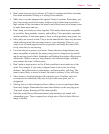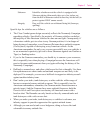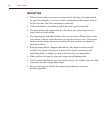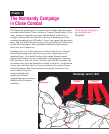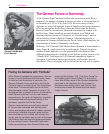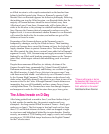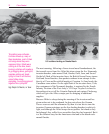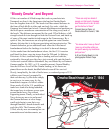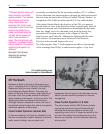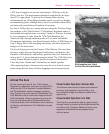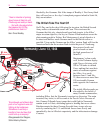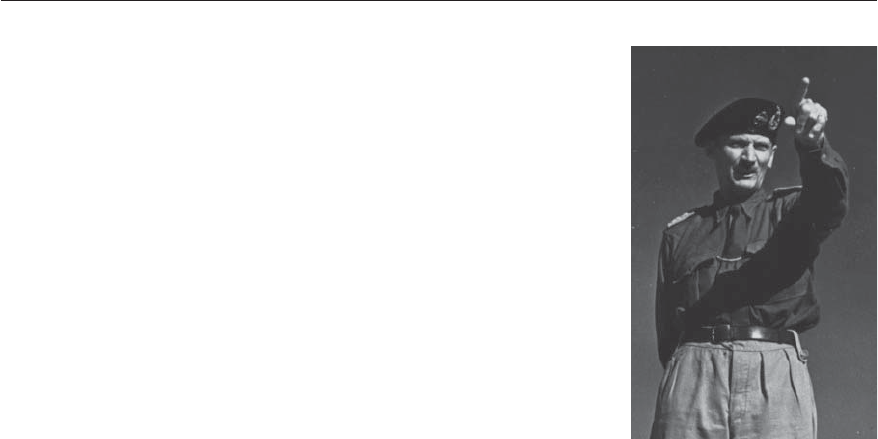
Chapter 4 The Normandy Campaign in Close Combat
67
Soon after the Allies commit to the invasion of France, it becomes clear
that an adequate troop and supply buildup for the landings will take
longer than anticipated. In the interim, the Americans agree to join the
British in invading North Africa, Sicily, and Italy. At the Trident
conference, held in Washington in May 1943, the date for the invasion
of France, known as “D-Day” is tentatively reset for May 1, 1944. Six
months after the conference, Eisenhower is named Supreme Allied
Commander, in charge of overall operations for the invasion. He then
chooses British General Bernard Montgomery to head the combined
Anglo-American ground forces, known as the 21st Army Group. Under
Montgomery’s command are U.S. General Omar Bradley, who leads the
U.S. First Army, and General Miles Dempsey, who is in charge of the
British Second Army. These men will command the troops that will
attempt to storm the invasion beaches and press inland.
Preparations for Operation Overlord
Over the next twelve months, southern England resembles an enormous
armed camp, as it becomes the site of the biggest buildup of men and
materiel ever assembled for a military operation. By June 1944 nearly
three million Allied troops have gathered under Eisenhower’s com-
mand. The invasion now has a new codename: Operation Overlord,
which Churchill has selected from a list compiled by his Chiefs of Staff.
It also has a new location: the Calvados coast in Normandy, roughly
between the town of Cabourg and the Cotentin Peninsula in northwest-
ern France. Although this stretch of coastline is a greater distance from
England than the Pas de Calais and the Cotentin Peninsula, it is less
fortified and has fewer natural obstacles and better beaches for landing
craft than either of those locations. The Normandy beaches are also
within range of Allied fighter cover from airfields in southern England.
In the months before the invasion, the U.S. and British forces conduct
training exercises that focus on the difficulties of amphibious landing
operations. The training for the advance inland, held on the moors of
southern England, relies on textbook tactics, notably the open order
advance, two companies forward. Unfortunately, this training virtually
ignores the actual hazards that await those who survive the assault on
the beach. The Allied troops learn little about tactics for infiltrating the
Norman hedgerow country, the bocage, with its small fields bounded by
tall, dense hedges, an art the Germans have mastered. The invaders will
pay a heavy price for this oversight.
British General Bernard
Montgomery
“. . . the [
bocage
] area will not
be an easy one for forces to
advance through rapidly in the
face of determined resistance . .
. . The tactics employed in
fighting through the
bocage
country should be given
considerable study.”
Supreme Headquarters, Allied
Expeditionary Force (SHAEF),
April 1944
“We simply did not expect to
remain in the
bocage
long
enough to justify studying it as a
major tactical problem.”
An American senior staff officer,
quoted by Max Hastings in
Overlord: D-Day and the Battle
for Normandy



